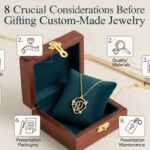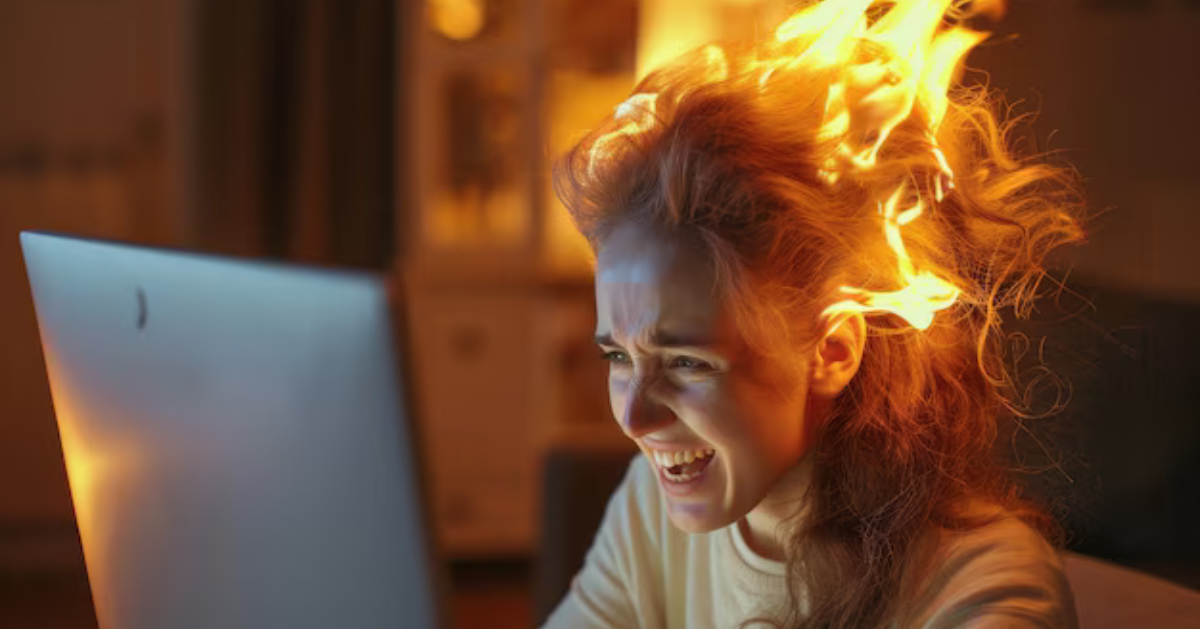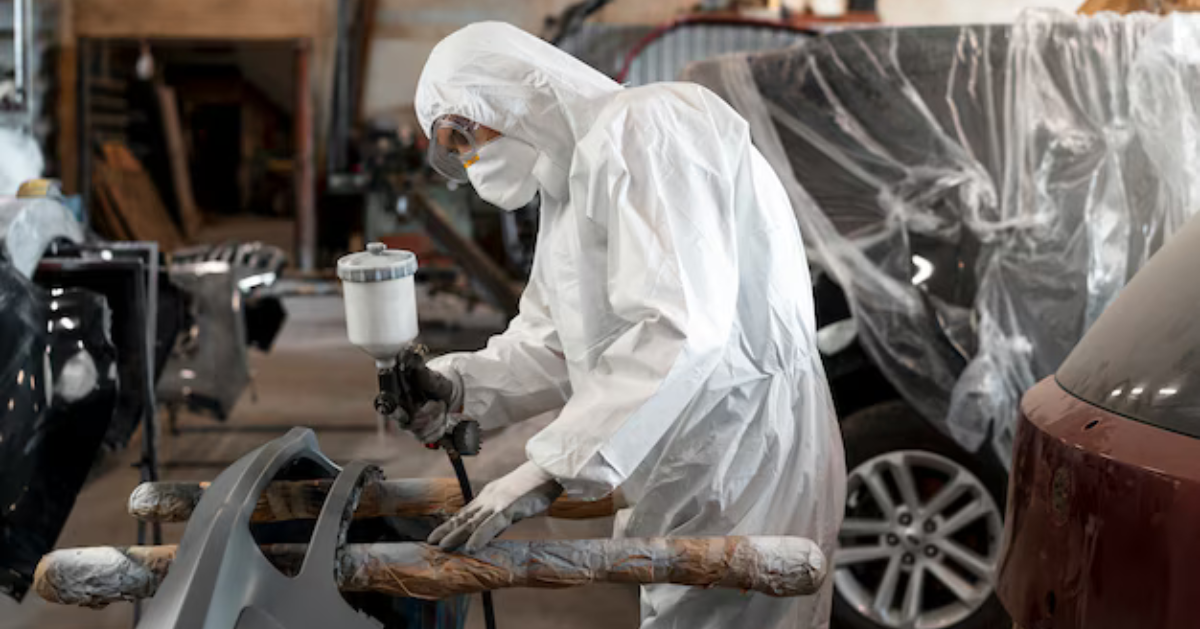Your background is in photography, it was what you were focusing on when we were in the MFA program together at SF State University. How did you first get into making drawings?
I know that’s what it seems like, because both my BFA and MFA are in photography, but I have been drawing since I was very young, long before I picked up a camera. I have always been more compelled to draw than to photograph, but I love both. When it came to choosing an emphasis in undergrad, I could have gone in any direction. In fact, I was also heavily studying printmaking in undergrad, but the system only allows you to choose one emphasis. So when in school, I would be heavily working in photography until I would get a bit oversaturated with it and then pursue drawing in the background as an escape.
Is there a connection between your photography and drawings?
I believe there is, but it is probably not apparent to most people. I think to totally understand the relationship, you would need to see the entire scope of where my photography started and the path it took to what I currently do. I don’t have any of that older work digitized, so in a nutshell I can summarize the relationship with recurring themes and approaches.
In both skillsets, I am always first seeking a challenge; I want to make strong compositions that are difficult to create, and sometimes difficult to like, but are indeed likeable. This begins with the square format that dominates both my photography and my drawings. Once I went square, I never looked back. When I am composing a photograph, I go through a thought process that eliminates all expected/easy compositions, and I aim for the unexpected. In both processes, I am also being very playful with the compositions, titles, and imagination.
From your drawing statement on your website I get the impression that the titles, which include common phrases, puns, and double entendres, inspire the imagery in your drawings. Is that correct? Can you describe the relationship between your drawings and the titles?
The drawings are mostly born from the titles; the title sparks the image. Occasionally the title will change during the process, a side effect of my thought process while making it, to something more clever than the original. I love double entendres and the playfulness we can have with language. I have a very large, and seemingly endless, catalog of to-do drawings in my head, almost all stemming from titles first.
Your drawings have an interesting surface (luminosity), and subtle tones. Can you talk about the drawing surfaces and drawing materials you work with?
This is related to what I mentioned earlier about seeking a challenge. The muted palette arose from a personal challenge to create depth with a white-on-white palette. I use three different whites and mix intermediate whites from those three primaries. I tend to use vellum or old parchment paper and start with the ink line work on the front of the paper, then I begin to paint in the whites on the backside, and finally work on the finishing details on the front side. I like to think of them as miniature paintings, as the real influencing factors in creating them were two contemporary miniature painting events at the San Francisco Asian Art Museum: a collaborative exhibition called Karkhana and a lecture given by the Singh Twins.
Well, I think it is partly that my photography has always had a performative or experiential factor to it. Early on I was the subject of the photograph’s performing sequences that played out in multiple frames. The work that I was making heading into grad school was photographing the interiors of seedy motels, but I was also staying in them. The photos didn’t count if I didn’t stay there, and there are definitely a couple of motel rooms that I am happy to report I survived without acquiring bed bugs or an STD. So wandering in unfamiliar places is partly about the experience, the act of wandering in the unknown and seeing things with fresh eyes. Unfamiliar places spark my imagination; if the place is too familiar to me, there is little to no play for my imagination. I am very am drawn to places and communities that are in flux, places that have a history, but are sliding into disrepair. I’m definitely not drawn to the opposite situation, a prosperous place transforming with new buildings, shiny and clean. There is no mystery in the new.The American West is a presence in your photography. Where did you grow up? What is your relationship to the American West?I was born and raised in Southern California, and I have only lived in California. It’s a bit of a tricky question for me because having grown up in the American West, it isn’t an aesthetic I realize that I have, nor is it something I am aiming for. I imagine what you are picking up on is that the West Coast is more known for car culture, hence traveling by car, and wide open space. A lot of the places I am drawn to photograph are what you happen upon while exploring via car. They are rarely tourist destination points in this day and age. There are so many places I want to go to and photograph, especially in the South… Memphis is on my mind.I could see the South being a rich source of imagery for you. What is drawing you particularly to Memphis?I have been drawn to Memphis since the first time I saw Jim Jarmusch’s Mystery Train, when I was heavily studying film on the side. There is an otherness to Memphis and the South that is rich potential territory for me to cover. With Memphis, I am most interested in the outlying areas, but I also love the Elvis connection and the kitsch that comes with it. I especially love old, decaying kitsch. A great example of that is my big boy image. As for the South, I have photographed some areas a little bit when my travels have taken me there, but photography was not the reason I was there. I have always intended to return.
I definitely collect art, and there are strong themes in what I collect. Most of what I collect has to be clever and make me chuckle, but my collection is also mostly drawings that I often look at to learn from the techniques used. Reading fiction and films feed my art making. I often find phrases or descriptions in books that will incite a drawing. I also run regularly, which I think is the way I clear my head and flush ideas out. Registering for and running in races is my carrot on a stick to keep me consistent with it. I always have a goal to keep me motivated.
What are you listening to or watching in your studio right now? Music? Podcasts? TV programs?
Music: I recently discovered Christian Scott, a contemporary jazz musician from New Orleans. He’s fantastic. I have also been listening to Paul Simon heavily these days. And then I have my go-tos that include Man Man, Vetiver, Tommy Guerrero, Amy Winehouse, Laura Mvula, Tortoise, The Beta Band, Bowie, Prince, Emily King, Cactus Blossoms, Heart… I can go on and on about music.
TV: I recently could not stop watching I Love Dick. The writing is so good. Currently, I am savoring the second season of Master of None, which is not only very funny, but also has some really creative cinematography and storytelling. I also love The Man in the High Castle, Schitt’s Creek, The Walking Dead, Fargo, Shameless, and most importantly, Black Mirror. I can’t get enough of Black Mirror.
Podcasts: …aren’t really my thing. I listened to 3 episodes of Missing Richard Simmons, and then lost my momentum – mainly because I cannot tell if the whole situation is being exploited by the podcaster or by the housekeeper. I can’t help but feel like Richard Simmons is a victim either way.
When we were studying together you were always suggesting great books to read. What are you currently reading these days?
The best book I have read in a long time is the graphic novel Pinocchio, by the French comics artist Winshluss. It is dark, funny, and visually stunning. Other recent books that I would highly recommend are: Olive Kitteridge by Elizabeth Strout; The Brothers Vonnegut: Science and Fiction in the House of Magic by Ginger Strand; Post Office by Charles Bukowski; Boy, Snow, Bird by Helen Oyeyemi; Vacation by Deb Olin Unferth. I love most pulp fiction by Jim Thompson, Dashiell Hammett, and Elmore Leonard. I am a huge Vonnegut fan; my favorites are Slapstick and Cat’s Cradle. Currently I am enjoying Mexico: Stories by Josh Barkan.
I have had quite a few jobs to keep me going. I’ve restored furniture. I was the resident manager for my current residence for 10.5 years. I have been the studio assistant/manager for the artist Stephen Galloway for almost 13 years now. My other current job, the one that pays the bills, is my Jill-of-all-Trades position with an online publisher whose publications involve environmental law news. I met the owner at the dog park when I first got my dog, and she discovered I could do a variety of things. I help her run her two publications and organize her annual conference every year. I’ve whittled down my current job count to 2, to keep my sanity in check. I don’t know if you remember In Living Color’s Hey Mon, a skit about “the hardest working West Indian family” the Hedleys, where each member had a ton of jobs. A couple of friends used to rib me about that, but really I would be considered lazy if I were a member of the Hey Mon family, even at my peak amount of jobs. My goal in life is to have only one job: making art. “One job! One job! The girl is dating a boy with one job!” –Mr. HedleyThe most challenging thing for me is carving out time to make art, which these days I try to reserve my nights and weekends for. My best advice is to stick to your guns on compartmentalizing between your work life and your art practice. It’s not easy, though, especially if you are also trying to fit in your health and your social and family lives. It brings to mind The Four Burners Theory, where each burner represents a necessary element in your life: Work, Friends, Family, and Health. To be successful, however, you have to cut off one of your burners. To be very successful, cut off two. Many of us artists, though, are also struggling to fit our Art life in there, not because we want to, but because we have to. So make when you can, and make time to make.










